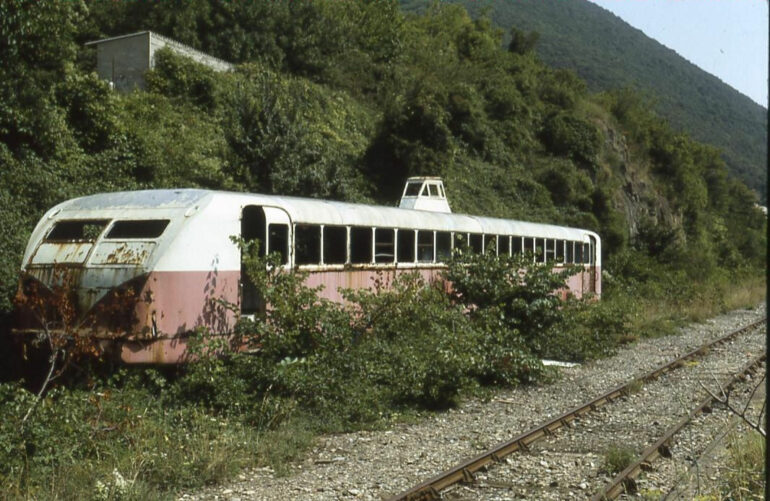It took Ettore Bugatti, founder of Bugatti, 12 long years to take his dream of building the world’s greatest and most luxurious car from concept to reality, putting in everything he had in the process. The result was the 1926 Bugatti Type 41 Royale, immediately earning the title of the world’s most expensive car of all time — and the only Bugatti to have a hood ornament, a dancing elephant.

The original asking price of a Bugatti Type 41 Royale was over $40,000 in 1926, or about ten times as expensive as other Bugatti models, and twice as expensive as a Rolls-Royce of the time. For the money, you got exceeding luxury in a car touching 20 feet in length, powered by the world’s largest production engine, a 12.8-liter inline-eight cylinder engine making 300 horsepower, originally based on a Bugatti 14.7-liter aircraft engine.

Unfortunately, the Bugatti Royale started production just as the Great Depression settled, and the first Royale was only sold in 1932. Six units of the Bugatti Royale were built, though only four were sold. Bugatti had unfortunately already produced 25 engines, each capable of pushing the 3.5-ton Type 41 up to 124mph, an unheard of top speed for the time.

With the resources and development already sunk into the Bugatti Royale project, and no hope of the economic crisis of the 1930s lifting, Bugatti looked to repurposing his record-setting engine for an entirely different purpose: revolutionizing France’s rail network.

As a replacement for France’s largely steam-powered rail engines, Bugatti, in just nine months, pressed into service a modified version of the Royale’s massive engine, in express trains he had designed for aerodynamic efficiency. In the first homologation trials, Bugatti’s train set a record for rail travel hitting a speed of 107mph, making it the first modern high-speed train.

Further iterations pushed it to 123mph, the fastest train of its time. Bugatti’s design even put the conductor in a centrally-located cabin for better all-around visibility, the reason why trains in France were called “autorails”. Even the interiors were revolutionary, with seats that could swivel so passengers could face each other.

These engines were used from 1935 to 1958, in specially-designed railcars for the ETAT state railway, later known as the SNCF. A total of 88 of these rail vehicles were developed over the course of their service, a huge boost to the Bugatti coffers.

The Bugatti Type 41 Royale, its extraordinary engine, and the trains it inspired will go down as a high point in Bugatti’s, and the French railways’, history. After all, it’s not every day, the world’s most expensive car ends up revolutionizing rail travel instead.

Like its cars, Bugatti trains were fast, beautiful, and consumed fuel at an astronomical rate. This was the reason these trains were decommissioned in just 20 short years.

(All images courtesy Bugatti)

